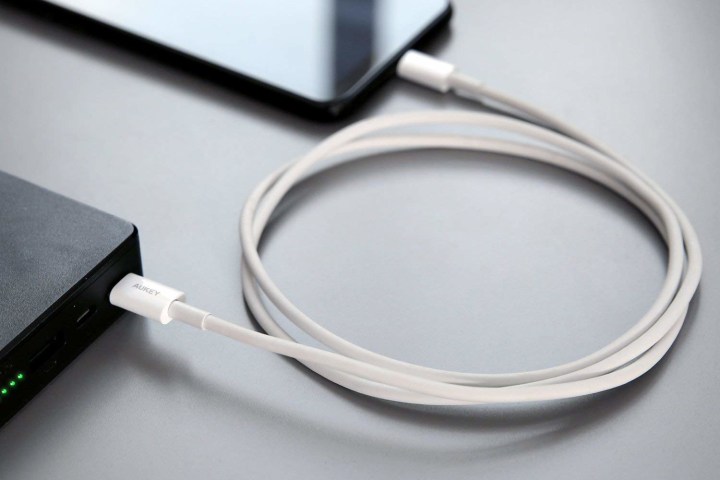The European Parliament, the European Council, and member nations have voted to make USB-C the standard charging on most electronic phones, tablets, and cameras by the fall of 2024. The move comes as a way to reduce electronic waste, and also cut the hassle when buying new devices, but it could pose potential problems for Apple and Microsoft’s charging technologies.
Per the vote and legislation, the EU mentions that customers will “no longer need to buy a different charging device and cable each time they purchase a new device.” This addresses the common problem when switching between iPhone and Android devices, or even budget laptops that have different types of charging ports. EU residents in the future will instead enjoy a one-cable-fits-all move with USB-C.

You’re probably familiar with how this settles the controversy over Lighting ports on iPhones, but on the computing side, the story goes a bit deeper and leaves a question to be answered. For computers specifically, this ruling finds that laptop brands have 40 months to make the change over to USB-C. Yet Apple and Microsoft have been pushing their own proprietary charging solutions on new laptops and tablets.
Apple brought back the magnetic MagSafe charging port to 2021 MacBooks and even to the new MacBook Air M2 model. Microsoft, meanwhile, has the Surface Connect port, which is used to Fast Charge tablets like the Surface Pro 8, and charge up power-hungry devices like the Surface Laptop Studio beyond the typical wattage that USB-C PD chargers offer.
The EU ruling might mean that Microsoft and Apple could have to stop offering these chargers out of the box on these devices in favor of USB-C. But there’s a catch.
You can already charge a Surface via USB-C, and can do so with the MacBook, too. So, it might not exactly spell the end of MagSafe and Surface Connect that the EU wants. Instead, it could mean that these chargers will be added as optional, while USB-C becomes the new normal. Take this glaring message from page 7 of the ruling as an example.
“As regards consumer convenience, the preferred option will ensure interoperability through a common interface and charging performance, reducing sales of standalone EPS and cables and promoting their reuse.”
Apple and Microsoft could already have the lead while the EU comes on board to make USB-C charging the norm on new devices. But lookout, MagSafe and Surface Connect, the EU certainly has its eye on you.


